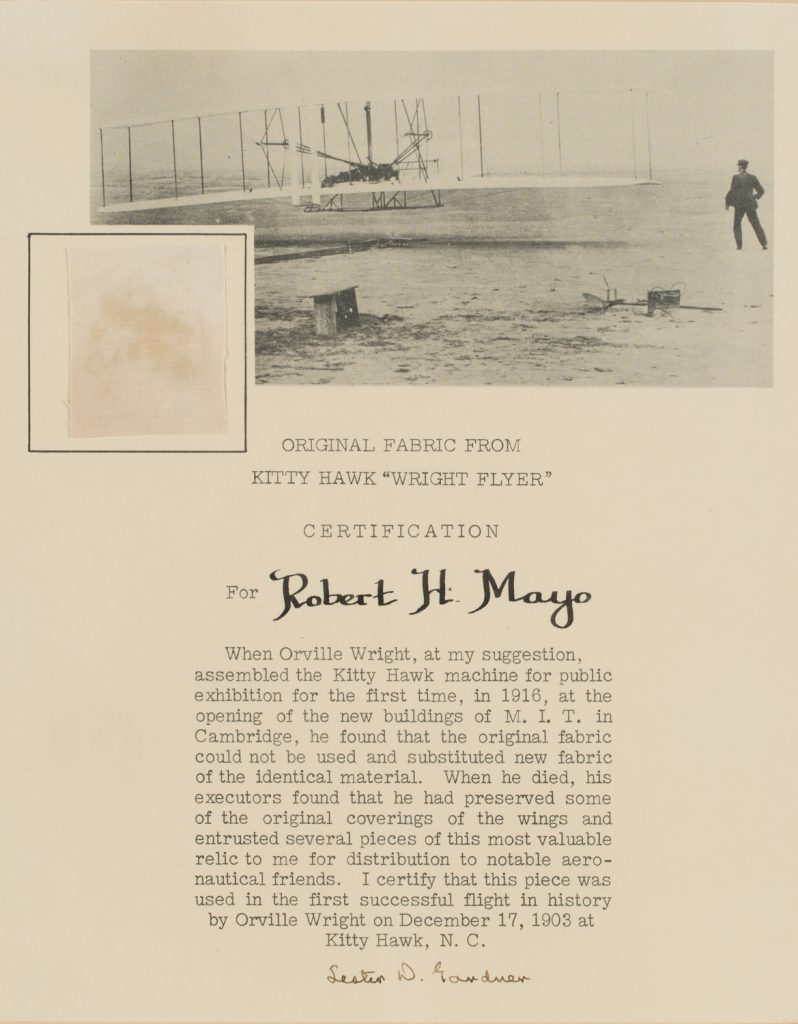
Lots, 67, 731-742 in our auction on Wednesday 6th September are from the estate of the late Major Robert Hobart Mayo, O.B.E., M.A. (Cantab), Assoc.M.Inst.C.E., F.R.Ae.S., M.Inst.T., designer of the Short-Mayo Composite aircraft and a consulting engineer of long and varied experience in aeronautical engineering.
Robert Mayo joined the staff of the Royal Aircraft Factory in 1913 and became head of the experimental department. He qualified as a pilot in December 1914 and went on to serve in the Royal Flying Corps in France during the First World War. On returning to England, he became Flight Commander in the Testing Squadron at Martlesham Heath and was personally responsible for the flying trials of a wide variety of new types of aircraft. In 1917 he was appointed head of the Design (Aeroplane) Section at the Air Ministry and he retained this post until 1919, when he resigned in order to take up Consulting Engineering. He was consulting engineer and technical manager to Instone Air Lines (later Imperial Airways) from 1923 to 1924. Robert Mayo became a prominent official in competition flying; he was a timekeeper for the Schneider Trophy Contest in 1929 and chairman of the Records, Racing and Competition Committee of the Royal Aero Club in later years. He flew over one hundred different types of aircraft and had a thorough knowledge of aircraft and engines used in various commercial services.

Included in the Lots is a small section of original fabric, 4.4cm x 3.7cm, from Kitty Hawk ‘Wright Flyer’ with printed certification for Robert H. Mayo, the piece of fabric was used in the first successful flight in history by Orville Wright (Lot 738).